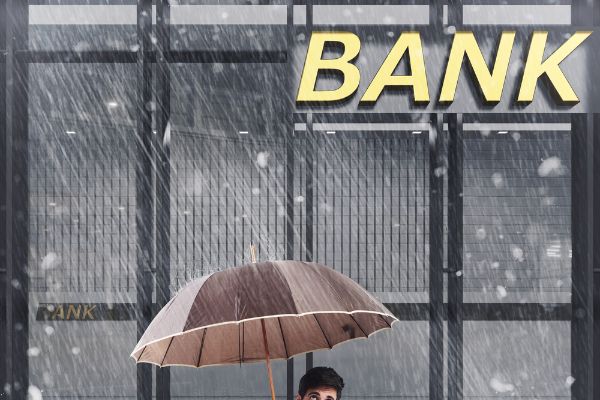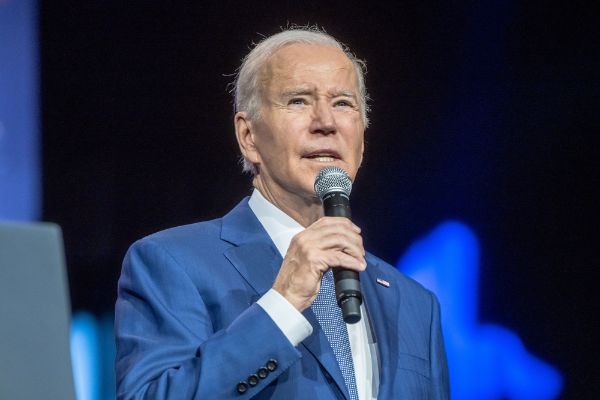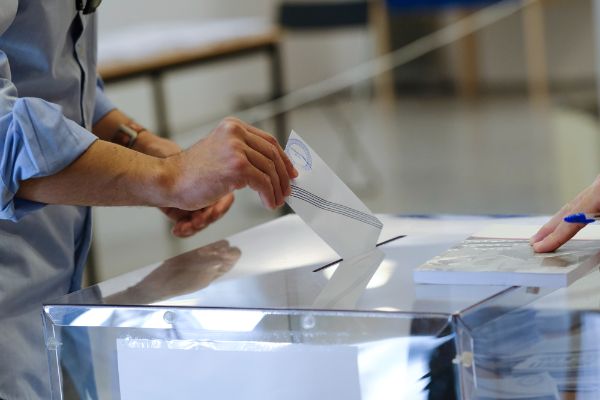After the third most significant bank failure in American history, JP Morgan Chase is preparing to take over the newly failed First Republic bank.
The FDIC of the United States announced in a comment that the California-based bank had in fact failed shortly after the bank’s customers removed around $100 billion in deposits over the previous few days as its stock price plummeted.
JP Morgan will “take on all of the bank’s deposits and almost all of the assets concerning First Republic Bank,” which includes the 84 locations previously run by First Republic throughout eight states, which will reopen as JP Morgan Chase branches soon, in a transaction arranged by the government.
The FDIC has reported that First Republic Bank held around $229.1 billion in overall assets and $103.9 billion in total deposits as of April 13th, making it the second-greatest bank collapse in American history.
According to the banking regulator, all deposits are going to continue to be protected by the FDIC, and clients will not need to make any adjustments to maintain their deposit protection.
The failure of First Republic Bank is expected to cost the Deposit Insurance Fund around $13 billion according to a loss-sharing agreement reached with JP Morgan Chase.
JP Morgan Chase CEO Jamie Dimon stated that the government “invited” the large bank, amongst others, to “step up, which we did.” Dimon asserted that the acquisition would “somewhat benefit” JP Morgan Chase while stating that the assets purchased would be “complementary” to the bank’s current holdings.
The bankruptcy of the bank will undoubtedly become a political problem, with the GOP expected to paint the demise of the firm as another failure of the lousy economy of President Biden, whose catastrophic economic and diplomatic policies resulted in out of control ‘Bidenflation’.
When the Fed intervened to boost interest rates in order to reduce inflation, the value of substantial bond portfolios at some banks was severely impacted, as they had been purchased by the banks at lower interest rates.
The inflationary spiral and subsequent rate rises have had a severe impact on numerous institutions, with identical troubles befalling the now-defunct Silicon Valley Bank, which in March became the greatest bank collapse since the 2008 crisis.





Comments are closed.